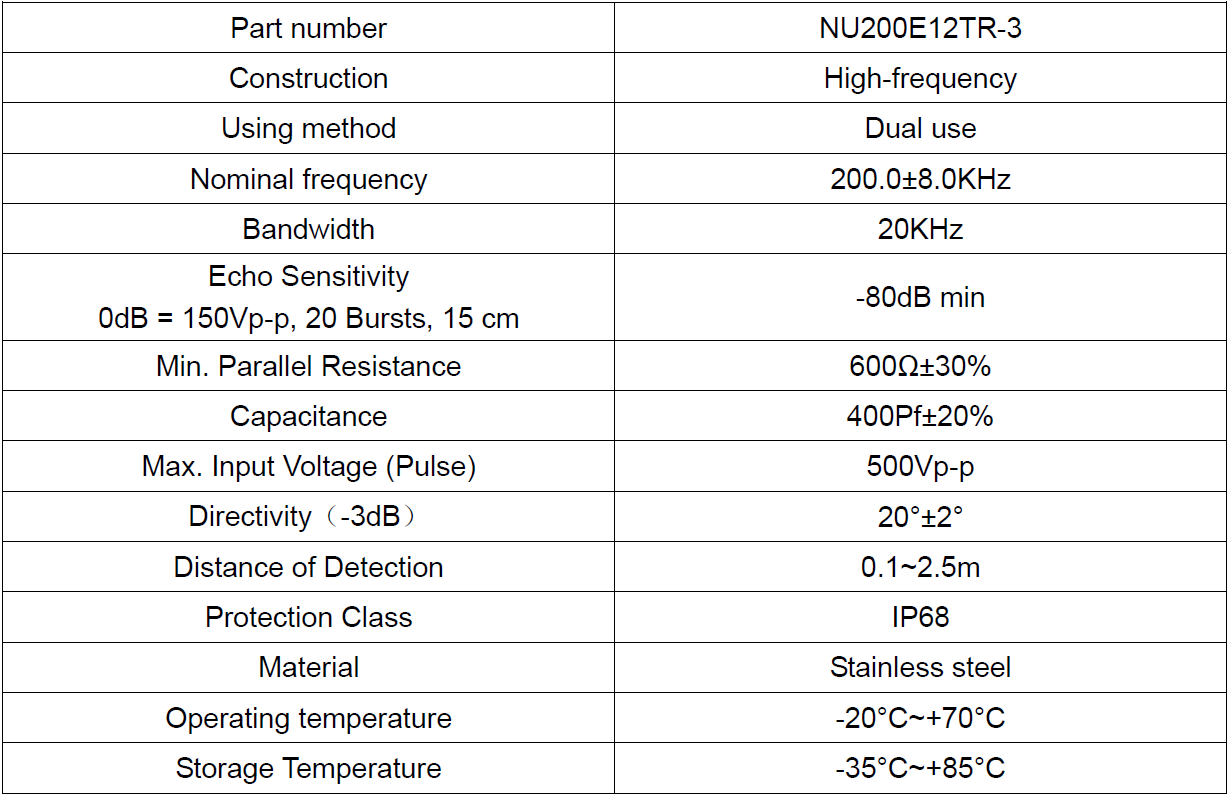Hi guys,
I am looking for a solution for driving a 200KHz ultrasonic transducer. The maximum that the transducer can handle is 500Vpp. So I am trying to boost an input square wave pulse to about 200Vpp~300Vpp. Currently, I am using a TI ultrasonic flow meter evaluation board. It can boost a 3.5Vpp to 30Vpp. Then, I used a 200KHz pulse transformer to boost it to 150Vpp. But the boosted square wave has a huge distortion.
My goal right now is to get ride of that boost board. In other words, I want to boost 3.5Vpp to about 300Vpp. I think the pulse transformer is still a potential choice, but it requires a relatively high current, which is about 1 A (peak current is 3 A according the transformer's datasheet).
The question:
Is there any way I can directly amplify 3.5Vpp to 300Vpp without using transformer? For example, any high output voltage power amplifier?
Or if I will keep using this transformer, what chips I should use to boost the current and voltage to the desired level that transformer needs? The primary side voltage and current of transformer is 3V to 24V, Ipeak = 3A.
Thanks for the help!
Jingyuan Liang


